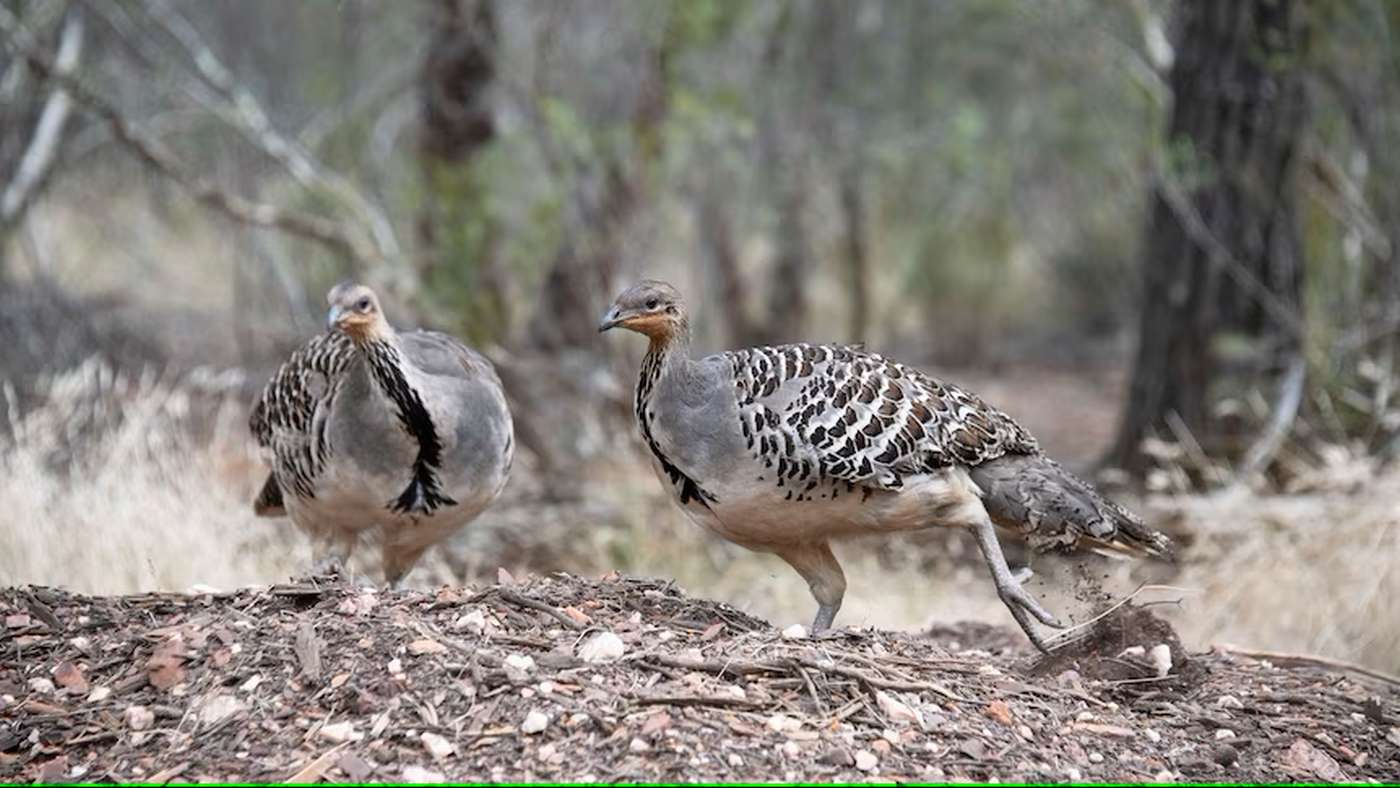- Feb 5, 2002
- 166,683
- 56,298
- Country
- United States
- Faith
- Catholic
- Marital Status
- Married
- Politics
- US-Others
There are 25,000 Malleefowl left in Australia, but only 2,800 in the densely-populated state of New South Wales. But an unlikely group of heroes are stepping up to be the rescuers of these endangered birds: farmers.
Whatever natural balance existed in the ecosystem that these ground-nesting birds evolved into, the presence of feral cats and invasive foxes has greatly disrupted their survival and reproduction strategy, and the survival rate of Malleefowl chicks is less than 2% in the wild.
These interesting birds rely on intricate plumage for camouflage and are adept at staying hidden from all other creatures in their range. Malleefowl come from a family of Galliformes called “mound builders.”
In the winter, males select a spot of about 3 square yards typically in the shade of the mallee tree to build a nesting mound by raking sandy soil backwards with their feet. They will dig about 3 feet deep, and then spend the rest of the winter accumulating organic material around the depression until they have a mound that can be as tall as 2 feet.
For the past three years, farmers living and working in the Rankins Springs area, near West Wyalong have been collecting eggs from the birds’ nesting mounds and transferring them to a special incubation facility for release into a feral-free enclosed environment.
Continued below.

 www.goodnewsnetwork.org
www.goodnewsnetwork.org
Whatever natural balance existed in the ecosystem that these ground-nesting birds evolved into, the presence of feral cats and invasive foxes has greatly disrupted their survival and reproduction strategy, and the survival rate of Malleefowl chicks is less than 2% in the wild.
These interesting birds rely on intricate plumage for camouflage and are adept at staying hidden from all other creatures in their range. Malleefowl come from a family of Galliformes called “mound builders.”
In the winter, males select a spot of about 3 square yards typically in the shade of the mallee tree to build a nesting mound by raking sandy soil backwards with their feet. They will dig about 3 feet deep, and then spend the rest of the winter accumulating organic material around the depression until they have a mound that can be as tall as 2 feet.
For the past three years, farmers living and working in the Rankins Springs area, near West Wyalong have been collecting eggs from the birds’ nesting mounds and transferring them to a special incubation facility for release into a feral-free enclosed environment.
Continued below.

Farmers Were Organized to Collect Eggs of Endangered Wildfowl, Which is Saving a Species in Australia
Interestingly, before the farmers got involved in the species' protection, this exact strategy had proven an unsuccessful one in the past.
 www.goodnewsnetwork.org
www.goodnewsnetwork.org
